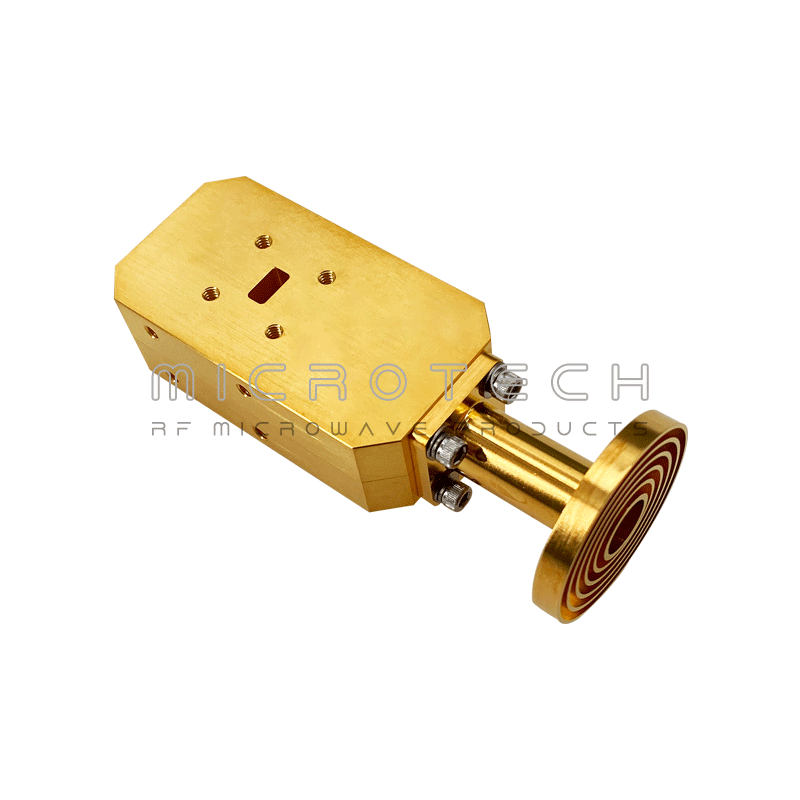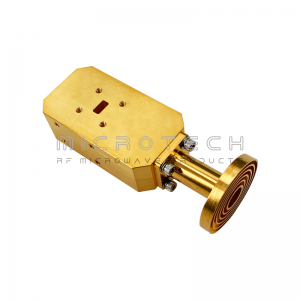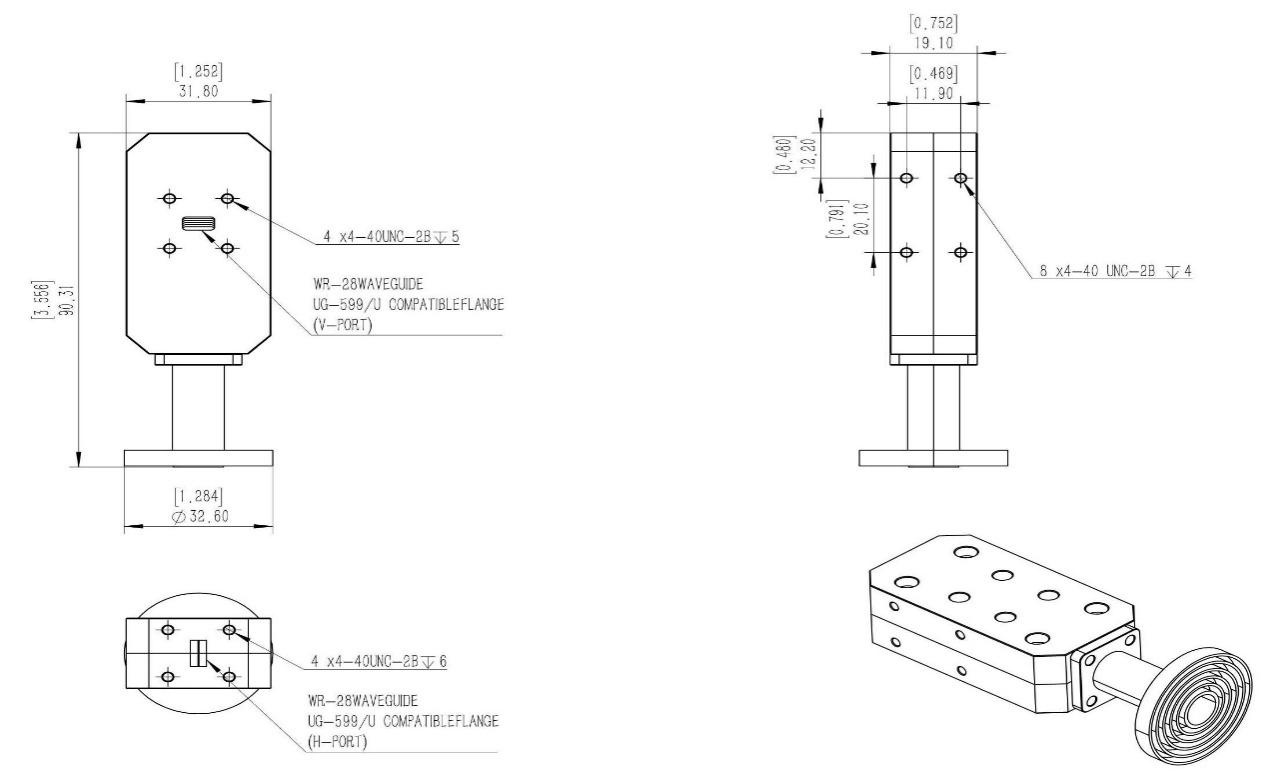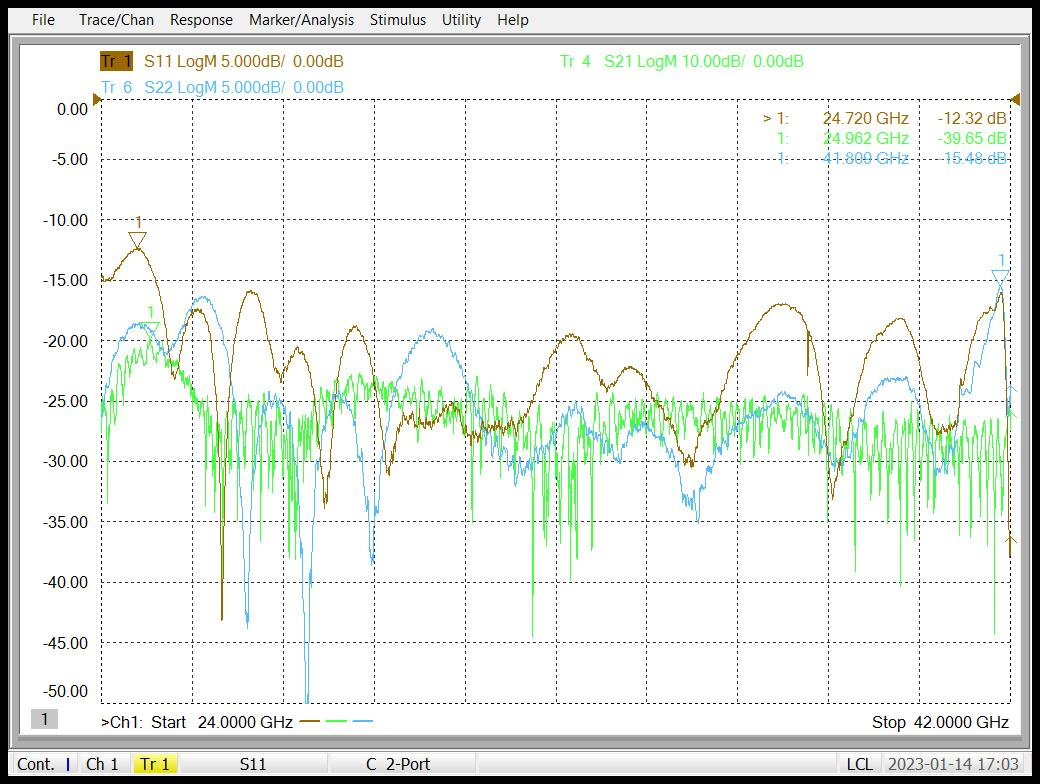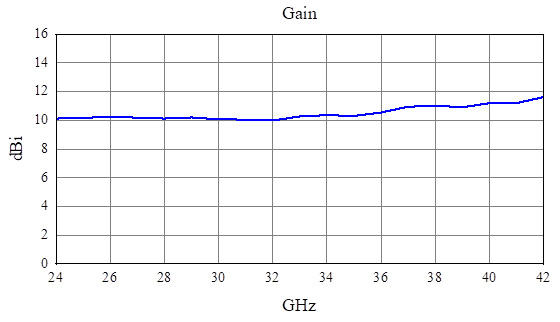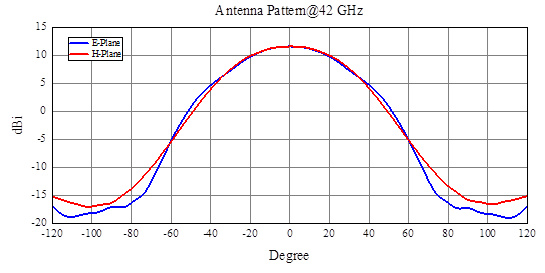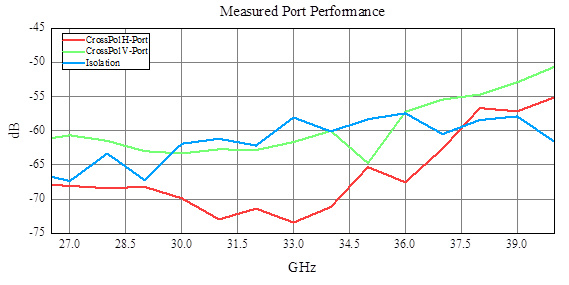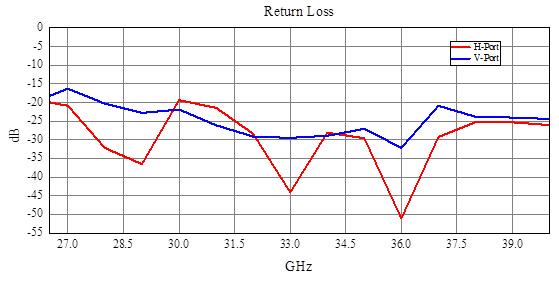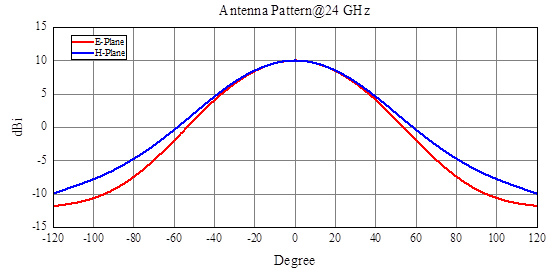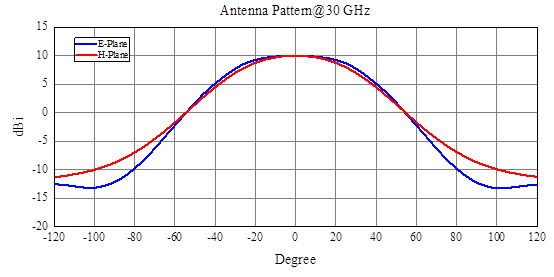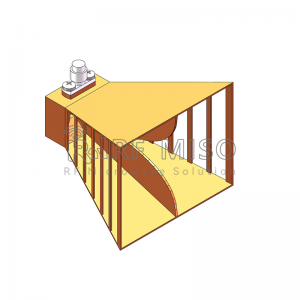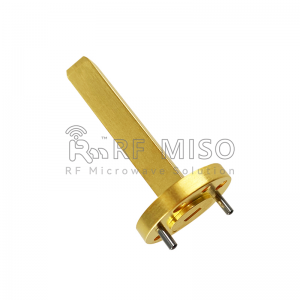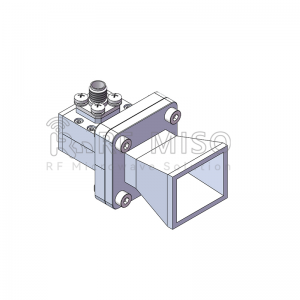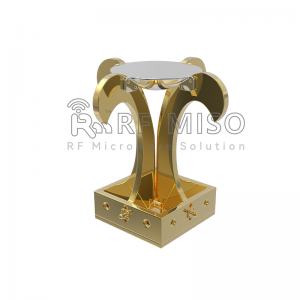Features
● Full Band Performance
● Dual Polarization
● High Isolation
● Precisely Machined and Gold Plated
Specifications
|
MT-DPHA2442-10 |
||
|
Item |
Specification |
Units |
|
Frequency Range |
24-42 |
GHz |
|
Gain |
10 |
dBi |
|
VSWR |
1.5:1 | |
|
Polarization |
Dual |
|
|
Horizontal 3dB Beam Width |
60 |
Degrees |
|
Vertical 3dB Beam Width |
60 |
Degrees |
|
Port Isolation |
45 |
dB |
|
Size |
31.80*85.51 |
mm |
|
Weight |
288 |
g |
|
Waveguide Size |
WR-28 |
|
|
Flange Designation |
UG-599/U |
|
|
Body Material and Finish |
Aluminum, Gold |
|
Outline Drawing
Test Results
VSWR
Antenna classification
Various antennas have been developed for different applications, summarized as follows:
Wire antennas
include dipole antennas, monopole antennas, loop antennas, casing dipole antennas, Yagi-Uda array antennas and other related structures. Usually wire antennas have low gain and are often used at lower frequencies (print to UHF). Their advantages are light weight, low price and simple design.
Aperture antennas
includes open-ended waveguide, rectangular or circular mouth tree horn, reflector and lens. Aperture antennas are the most commonly used antennas at microwave and mmWave frequencies, and they have moderate to high gain.
Printed antennas
include printed slots, printed dipoles and microstrip circuit antennas. These antennas can be fabricated by photolithographic methods, and the radiating elements and corresponding feeding circuits can be fabricated on a dielectric substrate. Printed antennas are most commonly used at microwave and millimeter wave frequencies and are easily arrayed to achieve high gain.
The array antennas
consists of regularly arranged antenna elements and a feed network. By adjusting the amplitude and phase distribution of the array elements, the radiation pattern characteristics such as the beam pointing angle and the side lobe level of the antenna can be controlled. An important array antenna is the phased array antenna (phased array), in which a variable phase shifter is applied to realize the main beam direction of the electronically scanned antenna.
-
Broadband Horn Antenna 13dBi Typ. Gain, 4-40 GH...
-
Waveguide Probe Antenna 8 dBi Typ.Gain, 50GHz-7...
-
Standard Gain Horn Antenna 10dBi Typ. Gain, 11....
-
Conical Dual Polarized Horn Antenna 18 dBi Typ....
-
Waveguide Probe Antenna 8 dBi Typ.Gain, 26.5GHz...
-
Broadband Dual Polarized Horn Antenna 12dBi Typ...







